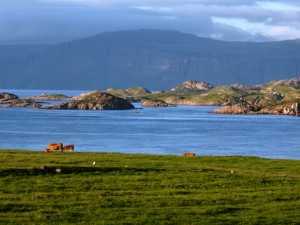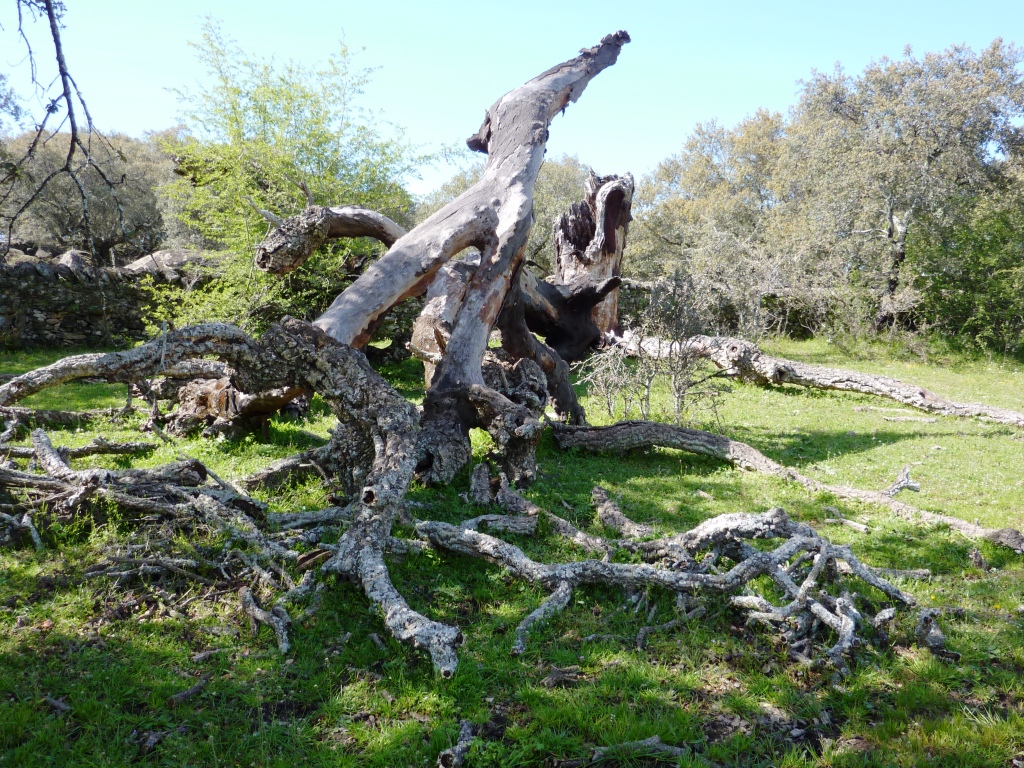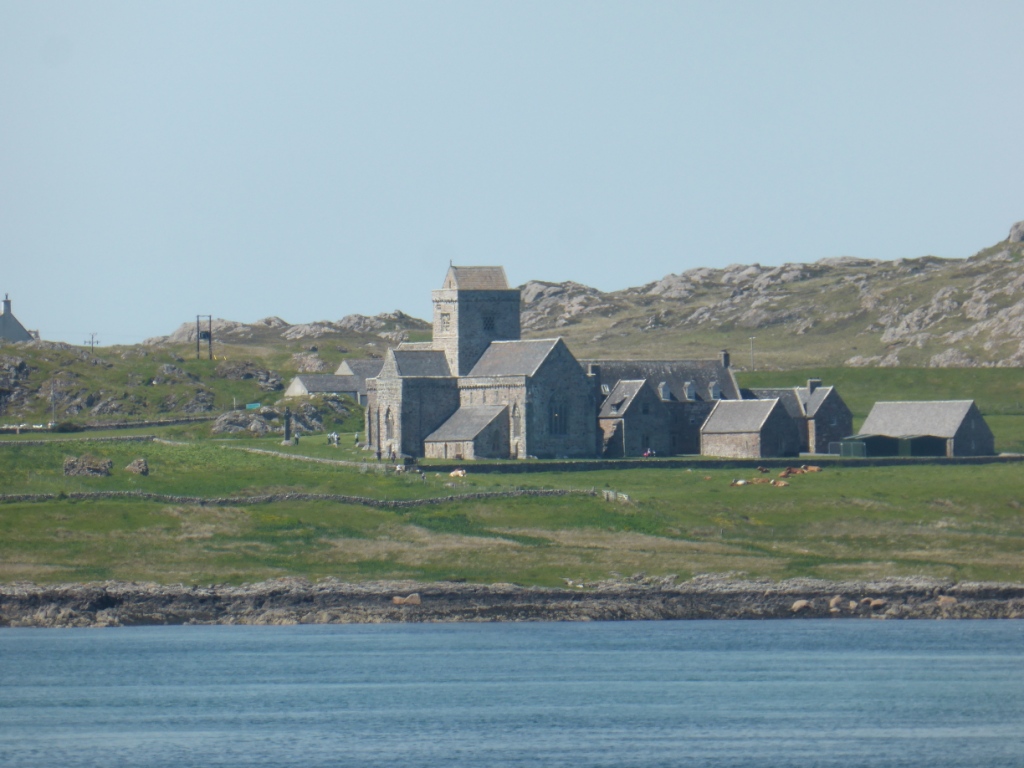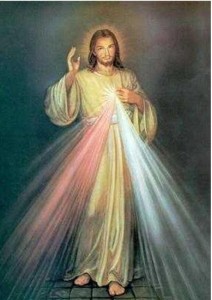A Pilgrimage of Reconciliation
Divorce
What happens to our humanity when a family breaks up, when parents who are no longer able to live together, divorce? What pain is lurking in the hearts of the children? They suffer an agonising loss of which they cannot speak. The voice they once had, in the security of the home they had once known, is silenced because that home has been destroyed? The war between parents leaves orphans, not literally, but in the sense that strife between parents is necessarily prioritised. What stories do parents need to write to justify their failure, what excuses do they offer to their children?
I ask these questions as one such parent, not as a guilt-trip, but because I know that my own pain dulled my sensitivity to my children’s suffering. Moreover, I sought distractions to anaesthetise me and was of no use in helping the children to grieve the death of the family: a grieving which is necessary in their lives to overcome their loss and to flourish. Added to this, in my case, was the abandonment they endured through years of alcoholism.
This blog is about a personal journey, a spiritual journey and also a pilgrimage which began in earnest almost 10 years after my divorce. The pilgrimage paths to Santiago and to Iona map the progress of this journey for me and are a simple backdrop which helps me to focus on a process of personal change. Perhaps anyone reading this blog will identify with bits of it and not be too distracted by the pilgrimage side. We are all called to transformation and my intention is to witness to the transforming power of prayer which I fell into more or less by chance. The questions I have asked at the start about a family suffering through divorce are questions about destruction and death. I want to tell of how prayer, within Christianity, can take us through pain and suffering, destruction and death to resurrection.
Drawn into prayer.
By the time I began my fist Camino I had found sufficient distraction not to look backwards or inwards to the pain of the divorce. ( By this time I was sober, having stopped drinking two years before the divorce.) I was involved in enough projects to be able to ignore, superficially, my own hurt and that of my former wife and my children, as well as the larger family, the socio-ecological body in which our little unit had been born. Perhaps we can distract ourselves until we die or kill ourselves in doing so. In my case, just as I reached my 60th birthday, I began to feel drawn into prayer.
I had started going to Mass from time to time in the little mountain villages near where I lived in Spain, in the Sierra de Gata in Caceres. This is a mountain range tucked away in the middle of the Iberian peninsula huddling against Portugal. Going to Mass felt very comfortable. I think it may have been due to all the fur coats which Spanish women still wear. I used to love burying myself inside my mother’s fur coat as we waited for buses in the Glasgow winds when I was 3 and 4 years old. One Sunday, in the chilly village of Acebo, I was at Mass surrounded by fur coats. Here I had the first of a number of “moments” which are not easy to describe, but fall I suppose into the category of “spiritual experiences”, even though they have important physical elements.
[mapsmarker layer=”29″]
When it came to the Creed and everyone said that they believed in the Communion of Saints I was aware of the presence of the saints: this is not just the super-hero famous saints but all our ancestors, all the good people who have died. It was a powerful experience and, as I have said, the first of several “moments” which mark my spiritual journey. The common thread with later “experiences” of this sort is that it came unexpectedly and related to a concept or part of the Church tradition to which I had not paid much attention or I had discarded as past its sell by date. What happened was not an insight so much as a becoming, becoming associated with those who have died, even though I have no specific beliefs about life after death. I had a sense of belonging, along with those who have died, as well as the living in their fur coats, to the Body of Christ, in a unity outside of time. Catholicism is rich in analogies and images which help when something word-free happens. This sensitivity to the Communion of Saints was a gift.
This sort of grace appeared in my first year or so of prayer which was usually sweet and rewarding. It fitted very well with walking in the mountains, which I was just discovering, and with the peace of the natural world: blissful yet healthy. One day I was walking up past the hermitage in Gata to the Puerto de Salamanca, a pass reached by a roman road. I had discovered the joy of saying the rosary while walking. As I reached one of the many Hail Mary’s and said “Pray for us now and at the hour of our death”, all fear of death left me. I don’t think I’ve been really scared of dying but this was an actual looking forward to death, not in a morbid way, nor through an ennui with life, but a simple acceptance that death is a wonderful step which I will welcome when it comes, hopefully. This acceptance of death has stayed with me.
A pilgrimage of reconciliation
While walking from Valencia to Santiago in 2011 the idea grew within me, as I prayed, to keep on walking to Iona. The island of Iona represents “home” to me: it is the cradle of Christianity in Scotland with its Protestantism and Catholicism once at war, now reconciled and reconciling. It was a place of exile for Columba, exile from Ireland, in the sixth century. For all of my adult life I have been a Scottish exile and have felt myself an exile from many of my family. I’m also a sort of exile in the Catholic Church, being divorced and canonically excluded. I soon realised that I wanted to make my own pilgrimage of reconciliation and walk back to Scotland, to Iona.
The work of a pilgrimage of reconciliation, as I saw it at the time, was to clear out of myself all resentments, blame, grievances and anger of a lifetime. I wanted to restore good relationships with my family although I recognised that this desire depended on others who may not want to establish peace with me and I respect their choices. I could, however, forgive. Forgiveness is independent of others: some find it strange that forgiveness is about self and not others. However, the only obstacles to forgiveness are in ourselves. The task was to rid myself of all rancour and anything else which was preventing me from drawing upon the love within me, especially those insistent warning voices which tell me to limit my love, use it sparingly and don’t let it shine upon those who ignore me, or speak badly of me, or whom I imagine want to damage me. Walking the Camino, or rather having my prayers on the Camino for help answered, constantly and gently, had already enabled me to empty myself of much of this baggage stuffed with resentment. Yet there was still a legacy of recurring gripes which I was not finding easy to shift. [Pilar often tells me that the dishes I have just washed are still encrusted with bits of food.]
Faith, humility, compassion, love and trust.
I asked constantly for these five gifts which I had become aware were essential vitamins deficient in my spiritual life. My faith is always being pestered by logic and nihilism. Trust I’m quite good at but tend to have my own plans and solutions already in place before I’ve even thought of placing my projects, let alone my life, in God’s hands; the God I can be dubious about anyway. Humility is the nuclear arsenal of the spiritual life, a weapon against all my defences, justifications and excuses which don’t let me say “sorry” and prevent me from acknowledging the things I have done which, in the light of day and of love, make me cringe. I had not understood Compassion for most of my life so I prayed for it. Compassion, I learned, is a link to all the suffering of humanity. At first my compassion was for people sufficiently far removed from my life to let me see that this special gift, which opens the heart to a tremendous love, is quite different from “feeling sorry” for others or for myself. Little by little, I glimpsed my children with this compassion and my former wife, as well as others who had suffered through the divorce. I had, of course, not ceased to love each of my family and had missed very much those with whom all contact had been lost: but the channels in which I could express this love were silted up in the breakdown of relationships and I had shut tight some flood-gates as well. Compassion is stimulating: it moves to action, actions which seek to clean out the toxic debris of wars which have destroyed relationships, to repair, to heal and to reconstruct. So I prayed every day for these five gifts and I still do.
I concluded the walking part of my pilgrimage of reconciliation to Iona in early September 2011. There was no sudden and miraculous change in my family situation at the end of the pilgrimage. What did happen, over the months and years is that the journey continues slowly as I learn how to say “sorry” and listen as others begin to speak to me, often after years of silence and hurt, masked by anger. I have been able to write to each acknowledging my failings as dad or as husband, to accept that I have caused great pain and with compassion see this pain. Compassion is like a laser which loosens and removes the debris which blocks the light. Emptied of this sediment of my own hurts, angers, aggressions and grudges, all that remains is love.
Gradually I have met up with some of my family who have not spoken to me for years. These reunions are full of joy but difficult. They are meetings of reconciliation when, at last, I am able to listen and to say “sorry”. It is hard for each of us to accept that there is no undoing what happened: a broken family is like a smashed egg. Love, however, transforms and can turn out good omelettes.
Love
This pilgrimage of reconciliation grew out of the Camino I had begun in Valencia in early February, 2011. In those first, frosty days among the orange groves I had felt St. Thérèse of Lisieux urging me to “pray all the time”. Like the moment at Mass in Acebo when I sensed a complete union within the Communion of Saints a doctrine which meant little to me, St. Thérèse had not been in the list of my most admired saints. Yet when moved deeply by the Spirit of God, these popular and traditional “pictures” seem to precede the words I need to have some hold on the experience.
When walking through England I awoke one morning filled with an immense love and an image of the Sacred Heart. At the time I simply absorbed this love which made everything else within me unimportant: it filled me completely and was completely fulfilling. Everything lit up with rays of light as I lay on my sleeping mat overwhelmed. Peace. Nothing else mattered anymore. I had an awareness of the triviality of all my preoccupations which in the perspective of this love diminished into nothingness, while love which absorbed me.
The image of the Sacred Heart which came to me was a common Spanish portrayal of this representation of Jesus triumphing over all human suffering through his passion, death and resurrection.
The devotion to the Sacred Heart began in France in the 17th Century with St Margaret-Mary having visions of Jesus which portrayed his total love and compassion for humanity. I didn’t have a vision but a sense of infinite love and compassion which washed over me which, I suppose, recalled to my mind this picture of the Sacred Heart. I imagine this experience is associated with a personal love of Jesus. People who talk of loving Jesus just baffle me. I really don’t know what it means but this experience of absolute Love must be close to it. My reluctance to embrace the devotion itself has diminished considerably.
Whenever I am tempted, or carried away by anger, insecurity or one of my hurts re-opening, to enter into conflict of any sort I try to return to that moment in a field in England when I woke up wrapped in this great Love and a sleeping bag. Often a blending of compassion and love sweep away my resistance and my defensiveness which can readily become an attack. Sometimes I need space and quiet for this. In general, I have grown to seek quiet, times of solitude and silence because these take me closer to this Love in which my own heart can beat in a prayer of love.
My Camino continues and so does the pilgrimage of reconciliation which is far from complete. The walking has taken me far. It has taken me into a world in which everything is reversed. In this New World, pain is not to be avoided but is used to transform and clean out cancers, failure disempowers self-promotion and all the losses and deaths in life strip away barriers to love. In this love nothing matters, not even doctrines, or devotions or rituals or theologies, let alone the daily arguments over trivia which, in the end, lead to destruction, as in my divorce. In this New World the senselessness of human conflict, of striving in life only to die and the unexplained agonies of physical and emotional pain all become one with the Love of a personal God who knows human suffering intimately and at first hand. I began walking and, in silence, God was speaking to me. He gave me the grace of compassion and broke down my resistance to saying “sorry” from a place where I can say, “Yes, I destroyed the family I love”. I can say this to myself and to God as well and still live. Moreover, I live in Peace. That is how the Camino, my path of prayer, has changed me………so far.





